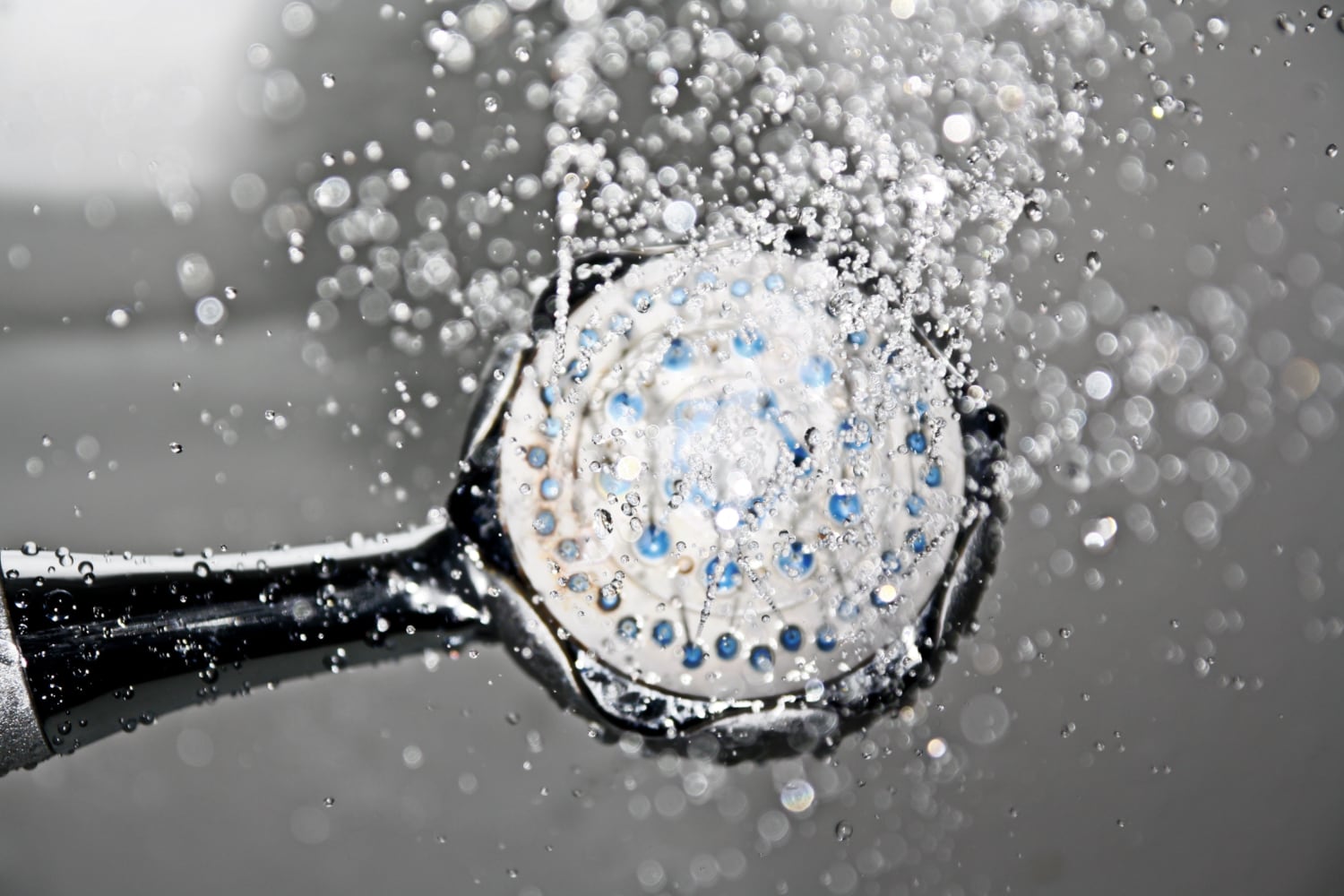Whether you are looking to install a new shower head or recreate a spa-like experience in the privacy of your own home, the type of shower head you use is the most fundamental factor.
When researching shower heads, you’ll find two main types available: low flow and high flow.
High and low flow refers to the volume of water from the shower head each minute, measured as gallons per minute (GPM). Flow rates generally range anywhere between 1.5 and 2.5 GPM. Shower heads with a flow rate of 1.8 GPM or lower are widely marketed as low-flow or water-saving showerheads. Whereas shower heads with a flow rate of 2.0 GPM or higher are often marketed as high-flow shower heads.
Flow rate and pressure are not the same

One of the common misconceptions shoppers make when searching for the shower head is that they use the terms “flow” and “pressure” interchangeably – they are not the same.
Flow refers to the rate at which water passes through the shower head. Pressure refers to the force of the water that comes out of the shower head. Shower heads of all different flow rates can and will have varying water pressure depending on the number of nozzles and the diameter of the shower head itself.
For example, a small shower head with fewer nozzles and a flow rate of 1.5 GPM can produce a higher pressurized stream of water than a larger shower head with a greater flow rate.
Or you can think of it this way: when using a garden hose, putting your thumb over the end will produce a higher pressurized stream of water than if you removed your thumb and allowed more water to flow.
So, how do you truly know which shower head you should buy?
You will never know whether or not a shower head will provide the necessary throughput you desire for your showering experience. However, we recommend looking at the key specifications in tandem with one another. Specifically, you’ll want to look at the following:
- Shower head diameter size: This can range between 1″ and 16″ in diameter. Generally, diameters less than 5″ should be sought if you are looking for a higher pressure, and larger than 5″ if you want a more dispersed yet lower pressure spray.
- Flow Rate: As we touched on previously, flow rates range between 1.5 and 2.5GPM. A higher water flow often, but not always, correlates with higher pressure.
- Spray Settings: While this can be hard to decipher, more spray settings will provide a wider range of pressures available while using. From a deep massage stream to an aerated misty spray, you should be able to change the pressure with a simple twist of the dial or knob on the shower head.
By following some of the tips above, you should be able to find a shower head to meet your personal preference.
Related: Learn the Differences Between Aerated & Laminar Flow
How is the flow rate regulated?
One underlying narrative that is important to cover here is federal and state regulations.
Federal and state lawmakers have introduced new regulations to control water conservation over the years. The most notable is the Energy Policy Act of 1992 that George H.W. Bush signed, where lavatory faucets were allowed to use a maximum of 2.5 gallons per minute (source) starting January 1, 1994:

Fast forward 14 years, the EPA introduced a new WaterSense program. This voluntary program allows companies to have a certified WaterSense label on their product – making it easier for shoppers to find products that yield better savings on their water bill. For example, for a shower head to carry the WaterSense label, it must have reduced water consumption by 20%. The EPA has a helpful database that you can browse to find a certified shower head.
Aside from federal regulations, state regulations may place further restrictions to support water conservation efforts. One such state is California, which, as of July 2018, requires all shower heads to not exceed a flow rate of 1.8 GPM (source). California is not alone in this initiative; New York limits all shower heads in its state to only 2.0 GPM (source), Texas and Georgia follow suit to federal regulations with a 2.5 GPM limit and PSI limit (source, source).
Interestingly, when reviewing state regulations, some states limit the pressure to 60 or 80 pounds per square inch. Regardless, always look up city or state regulations to determine if there are any laws you may need to adhere to when selecting and installing a shower head.
Note: If you live in a drought-ridden area of the country, chances are there may be limits to water usage, whether based on a certain fixture (i.e., shower head) or a certain amount of water per day per family member. Be sure to check with your local water authority to find out if any restrictions exist.
Your environmental impact on water usage
The environmental impact of water usage directly affects many aspects of our lives, from the quality of drinking water to the scarcity of freshwater sources in certain parts of the world.
Per the EPA, the average American takes eight minutes to shower.
Here’s a quick calculation to show you how much water you use in a typical shower depending on your shower head flow rate and the number of family members in your household:
| GPM | Number of People | Daily Usage: (GPM * 8 min) * Num of People | Annual Usage: Daily Usage * 365 days |
|---|---|---|---|
| 1.5 | 1 | 12 | 4,380 |
| 1.5 | 2 | 24 | 8,760 |
| 1.5 | 4 | 48 | 17,520 |
| 1.8 | 1 | 14.4 | 5,256 |
| 1.8 | 2 | 28.8 | 10,512 |
| 1.8 | 4 | 57.6 | 21,024 |
| 2.0 | 1 | 16 | 5,840 |
| 2.0 | 2 | 32 | 11,680 |
| 2.0 | 4 | 64 | 23,360 |
| 2.5 | 1 | 20 | 7,300 |
| 2.5 | 2 | 40 | 14,600 |
| 2.5 | 4 | 80 | 29,200 |
As you can see, the difference in water usage between a 2.5 GPM shower head and a 1.5 GPM shower head is a staggering 11,680 gallons for a family of four. Not only does the increased water usage put a strain on the environment, but it also adds to your monthly water bill. So if you want to trim costs, you can see how much you can save by switching to a lower flow rate shower head.
Is there a price difference between low-flow and high-flow shower heads?
No, not necessarily. When reviewing a list of 143 different shower heads, there was no correlation between price and flow rate. Rather other factors like finish, brand, and the number of spray settings were more indicative of price.
Can you alter the flow rate of your shower head?
If you want to increase or decrease the flow rate of a shower head, you will often find that there is a restrictor valve that can be swapped out. Changing this is easy, and we discuss the topic more in this post. But, of course, it bears repeating that removing or adding a restrictor valve will directly impact your monthly water bill.
